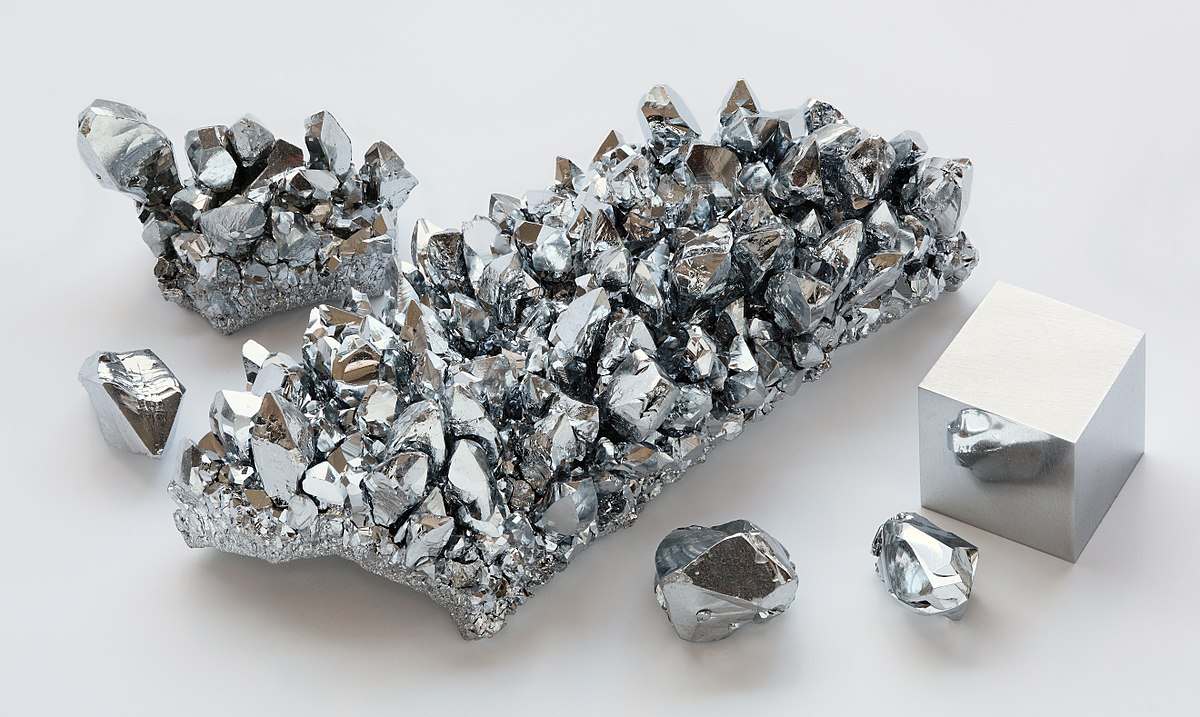Specifications of Chromium (Cr)

Properties:
Chromium is a chemical element with atomic number 24. In group 6 Chromium is placed as the first element. Chromium is a grayish, lustrous, hard and brittle metal. Chromium does not tarnish and has a high boiling point. Like some other metals (iron) Chromium is magnetic. When polished chromium becomes shiny, so many use Chromium to protect and color the surface of other materials.

Applications:
Chromium is utilized to make steel hard, to produce stainless steel.
Chromium is used in Chromium plating,
Chromium plated plastics(which are used, for example, in bathroom fittings),
Chromium is used in Tanning leather.
Chromium compounds are used as catalysts and pigments.
Chromium is used in High-speed tool steels.
Chromium is used in Jet engines and gas turbines.
Chromium is used in Electroplating. Synthetic ruby and the first laser.
Chromium is used in Wood preservative. Timber treatment to protect food from decay fungi, blast furnaces, cement kilns, molds for the firing of bricks and also used as foundry sands for casting of metals, as catalysts for processing hydrocarbons.
For Related Products, please visit:
Comments
Post a Comment